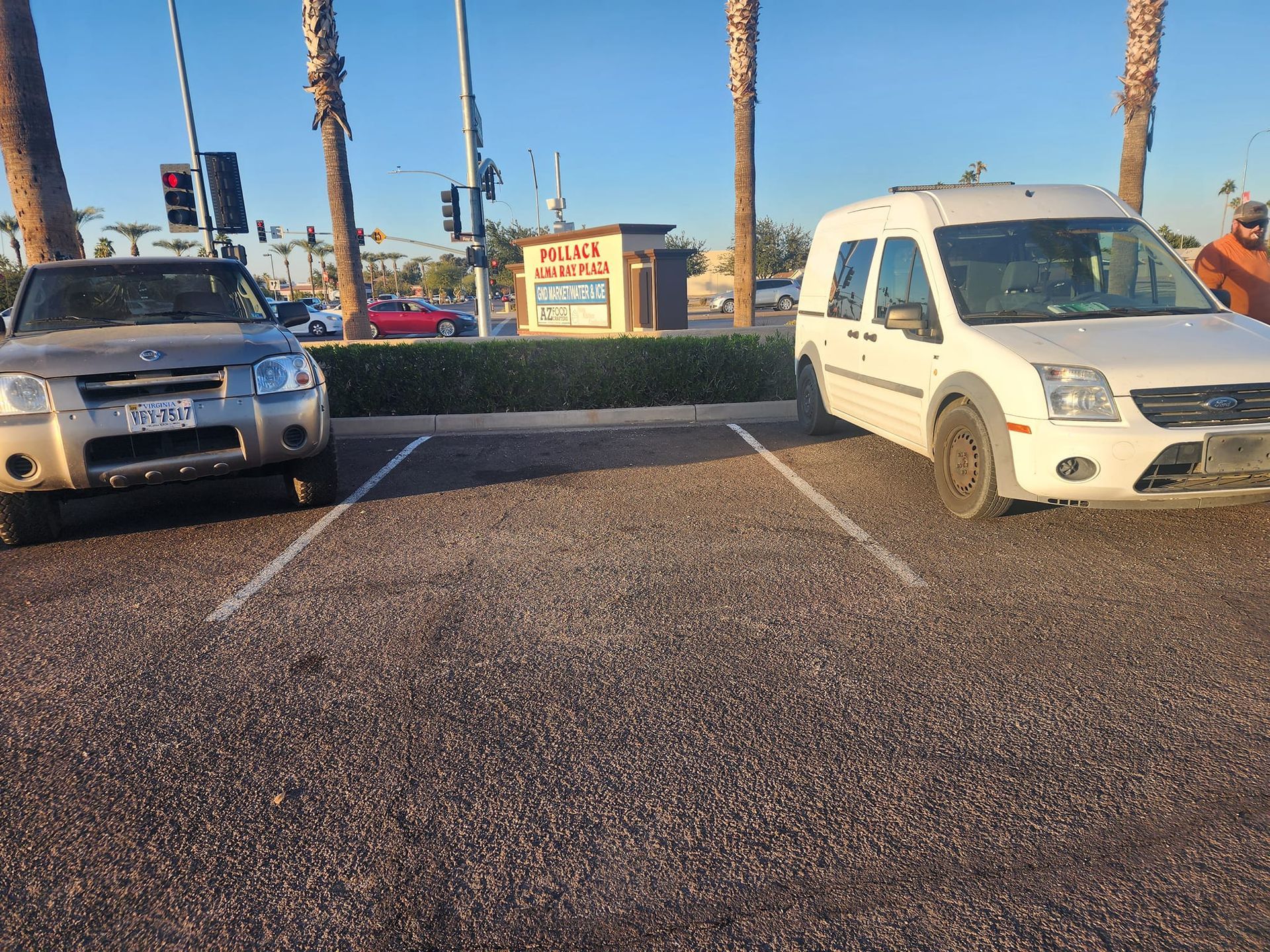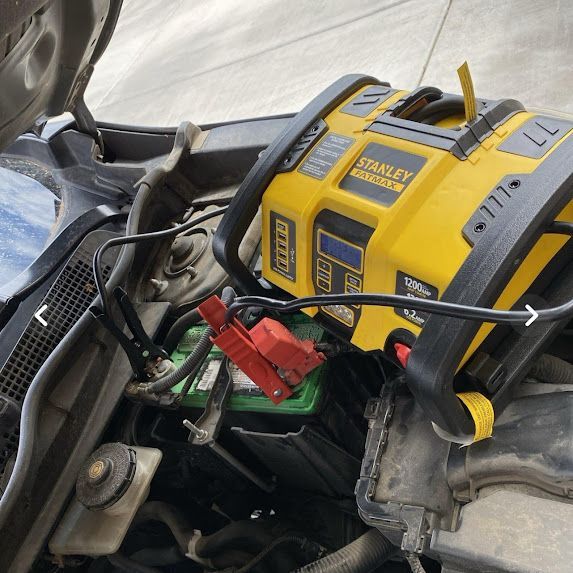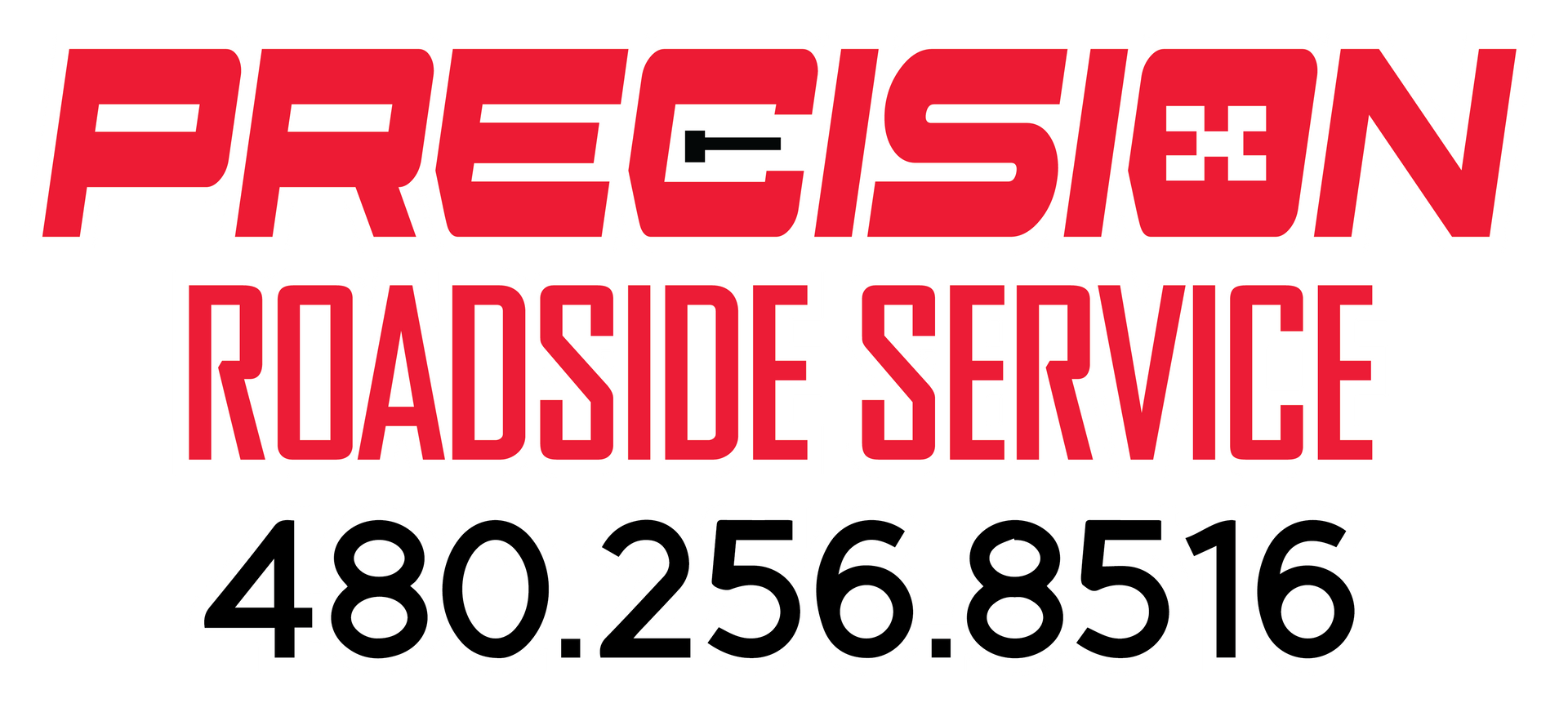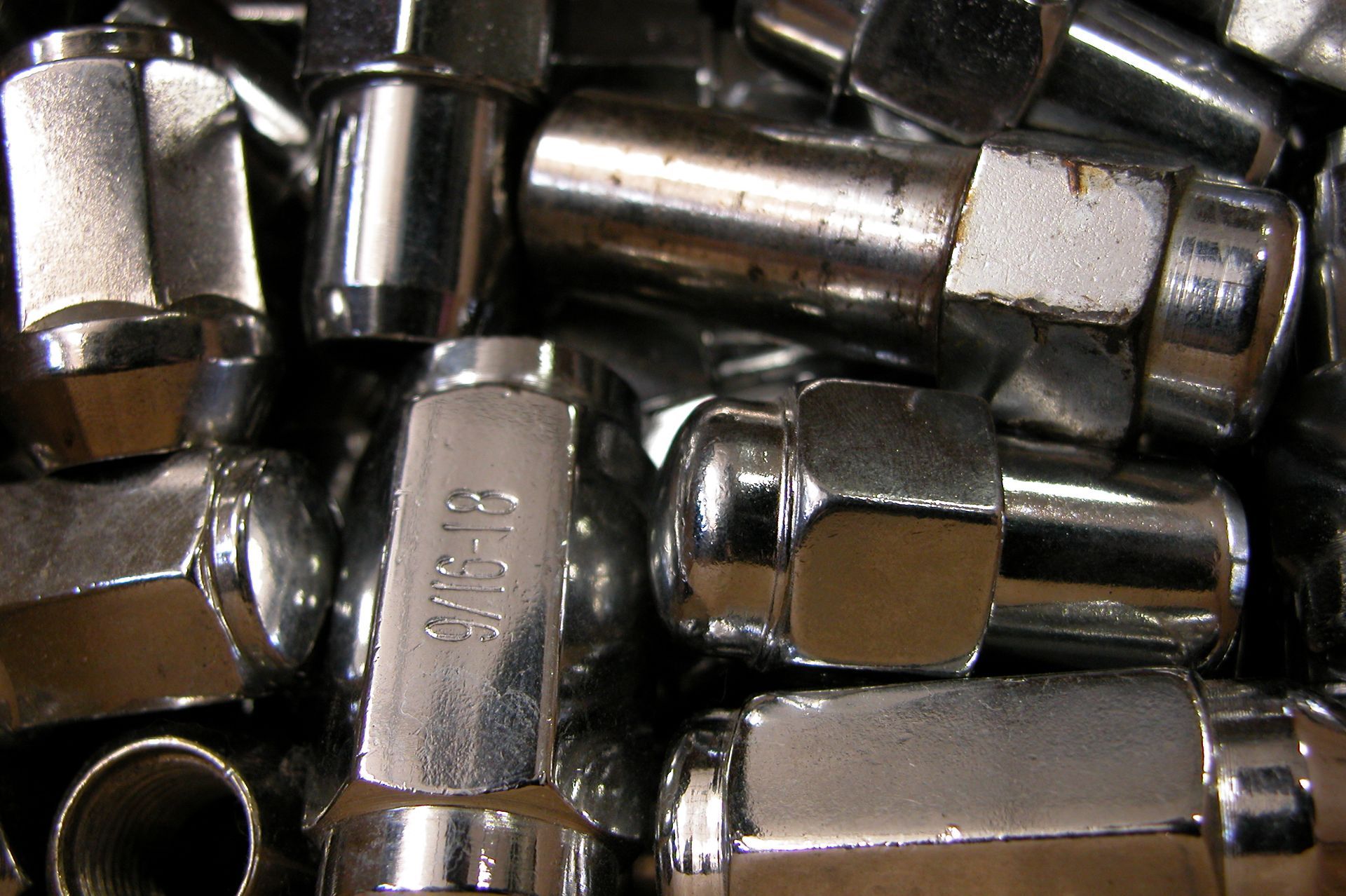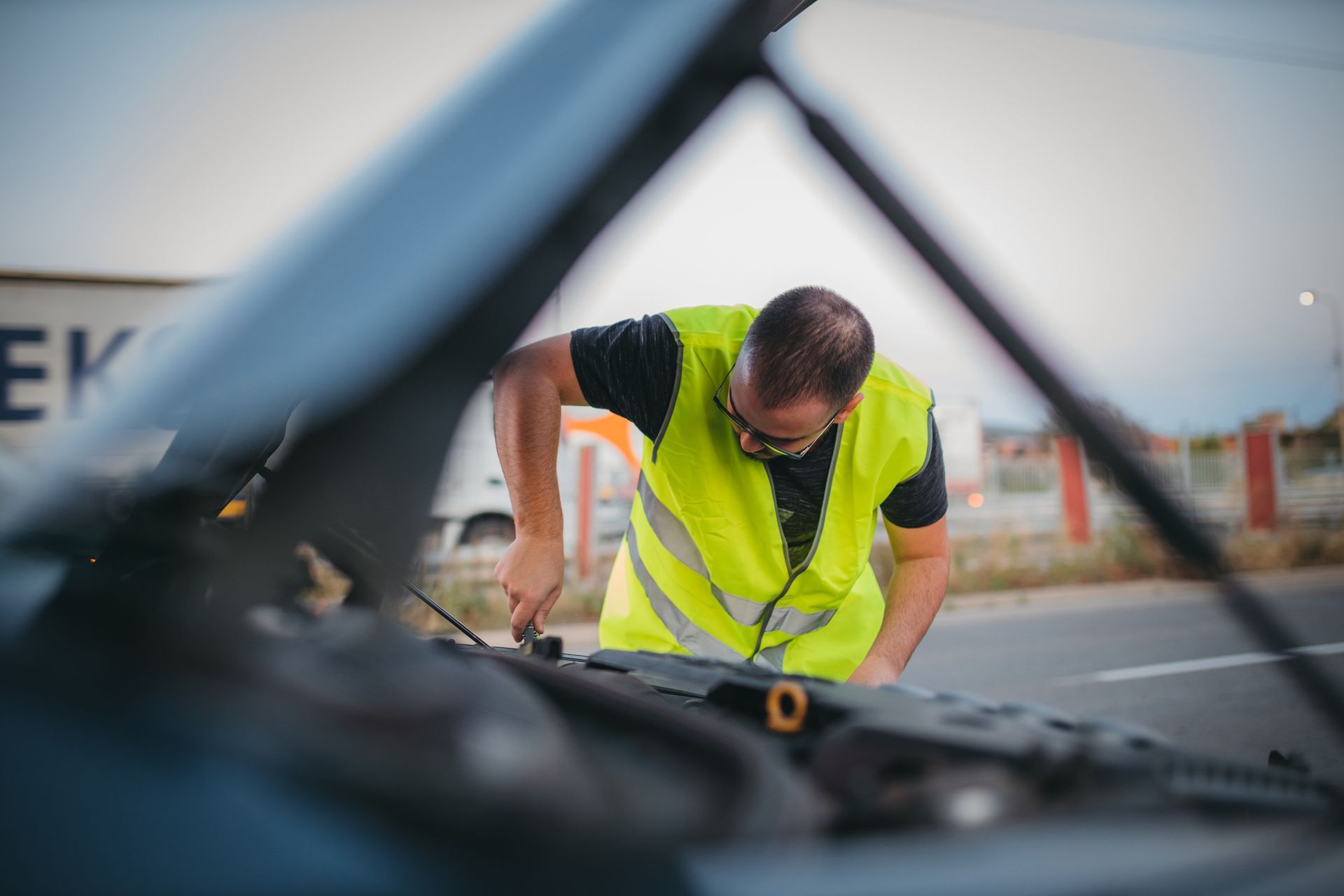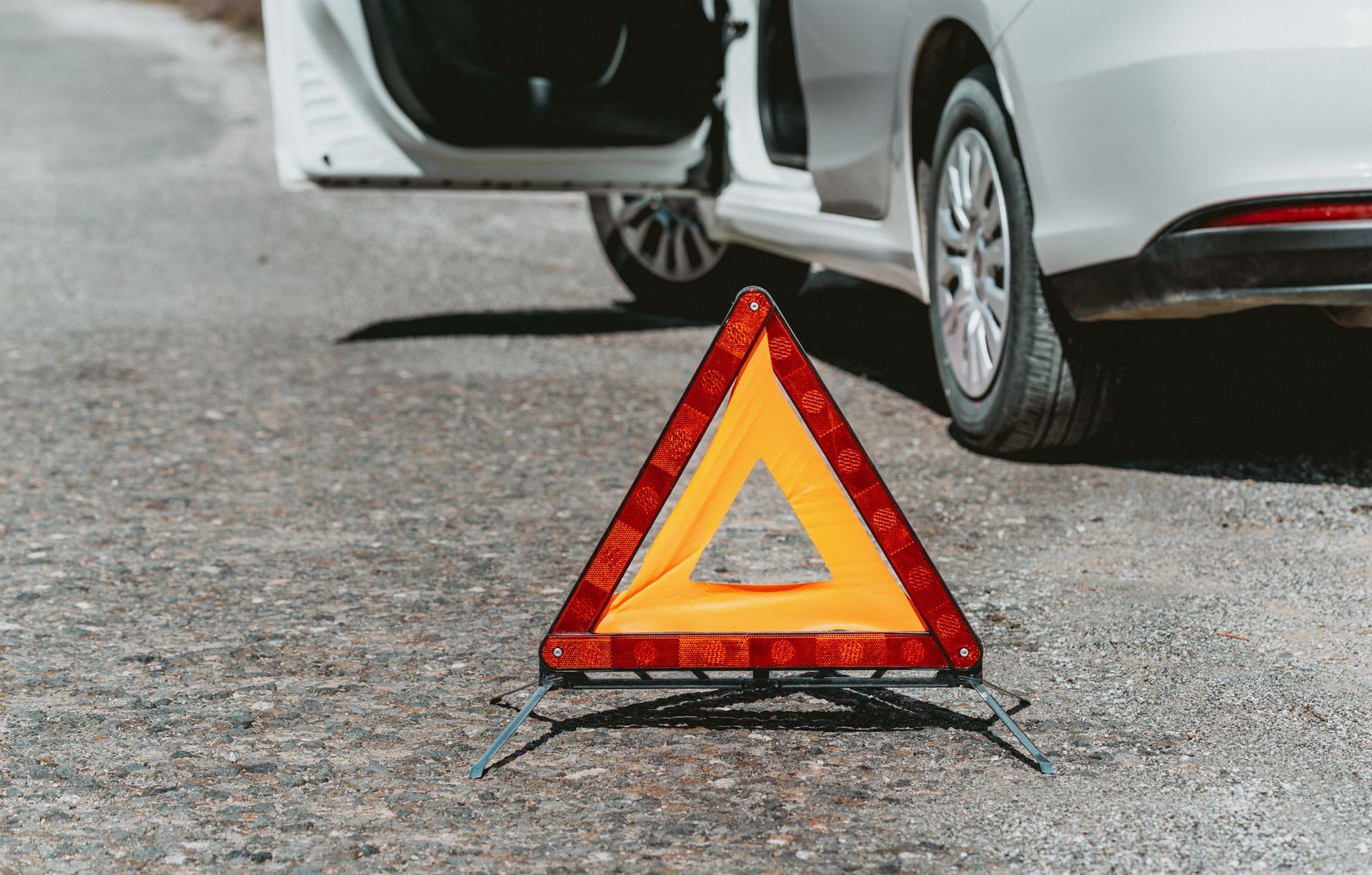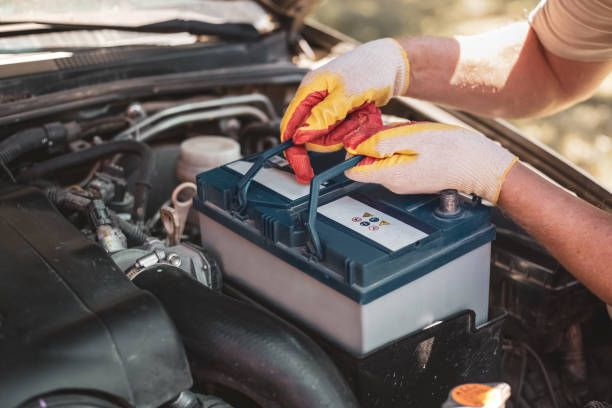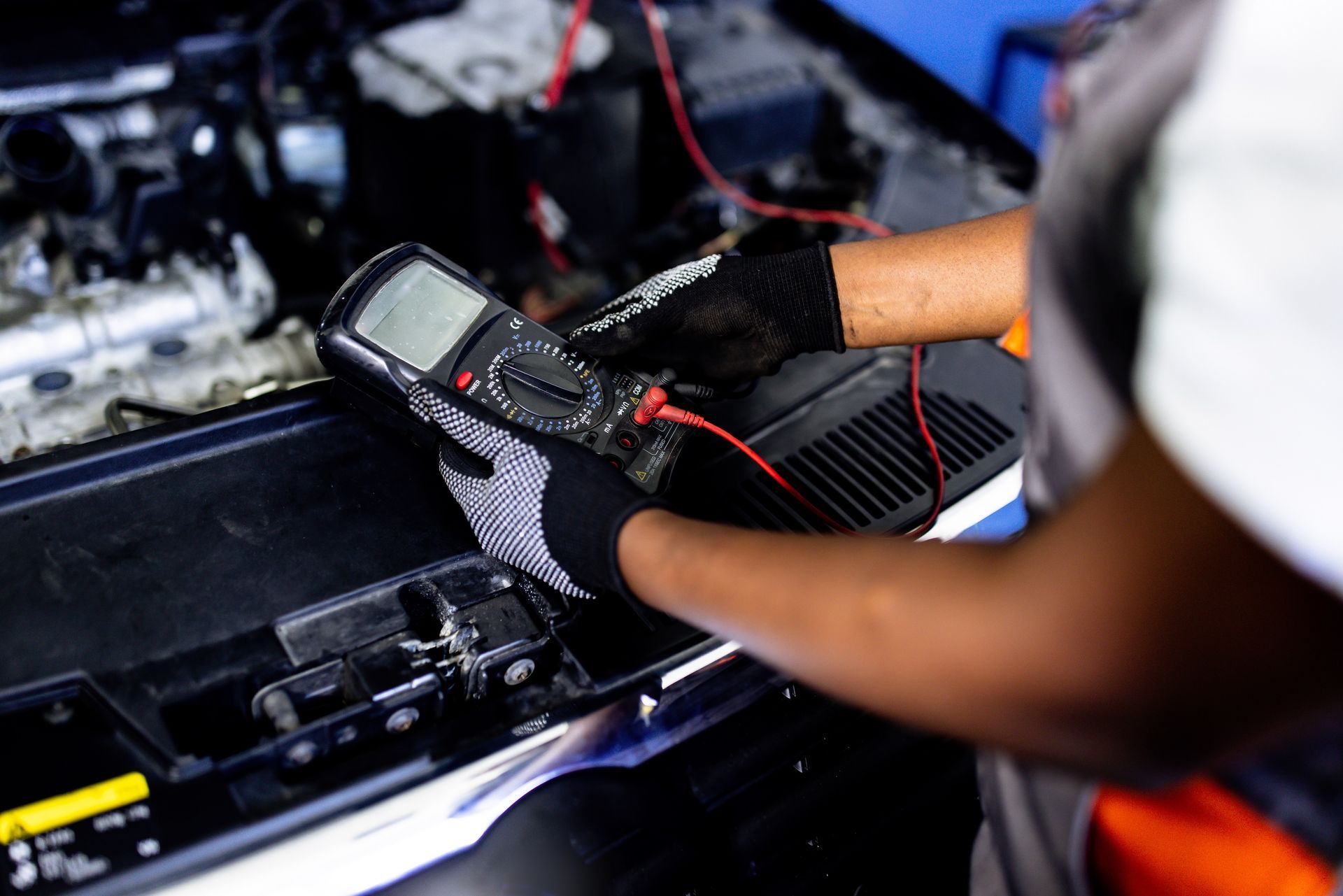Step-by-Step Guide: How to Safely Jumpstart Your Car
If your car battery is dead, knowing how to perform a safe jumpstart can be a lifesaver. Follow these detailed instructions to get your car back on the road quickly and securely.
What You’ll Need
Before you start, gather these essential items:
- A working vehicle (the donor car)
- A set of jumper cables
- Optional: Gloves and safety glasses for added protection
Step 1: Position the Vehicles
- Park the donor vehicle close to the dead vehicle so the jumper cables can reach both batteries.
- Ensure both vehicles are in park or neutral with their engines turned off.
Step 2: Prepare the Jumper Cables
Unwind the jumper cables and make sure they are free from tangles or knots.
Step 3: Connect the Jumper Cables Properly
Follow these steps to connect the cables:
- Red Cable (Positive):
- Attach one clamp to the positive terminal (+) of the dead battery.
- Connect the other red clamp to the positive terminal (+) of the donor battery.
- Black Cable (Negative):
- Attach one black clamp to the negative terminal (−) of the donor battery.
- Connect the other black clamp to an unpainted metal surface (grounding point) on the dead car, such as a clean bolt or bracket. Avoid connecting it to the dead battery’s negative terminal to prevent sparks.
Step 4: Start the Donor Vehicle
Turn on the engine of the donor vehicle and let it run for a few minutes. This step helps transfer power to the dead battery.
Step 5: Start the Dead Vehicle
After a few minutes, try starting the dead vehicle. If it doesn’t start immediately, wait a few more minutes and try again.
Step 6: Disconnect the Cables Safely
Once the dead vehicle starts, carefully disconnect the cables in the reverse order:
- Remove the black clamp from the grounded surface of the dead vehicle.
- Remove the black clamp from the donor vehicle.
- Remove the red clamp from the donor vehicle.
- Remove the red clamp from the dead vehicle.
Step 7: Keep the Revived Vehicle Running
Let the vehicle run for at least 15-30 minutes to recharge the battery. Driving it during this time can also help recharge the battery faster.
Step 8: Check Your Battery’s Health
If the vehicle struggles to start again, it may indicate a weak or faulty battery. Consider visiting a professional mechanic to check your battery and charging system.
Important Safety Tips
- Always wear gloves and safety glasses for protection.
- Ensure the cable clamps do not touch each other during the process.
- Verify that the vehicles are not in contact to prevent electrical issues.
By following these step-by-step instructions, you can safely jumpstart your car and minimize risks. Save this guide for future reference, and you'll be prepared for any battery emergency!

